Ponderosa Lemon Tree
$169.50 Original price was: $169.50.$98.99Current price is: $98.99.
- Free Shipping over $25
- Fast & reliable delivery options
- Enjoy top quality items for less
- Multiple safe payment methods

Of all the citrus fruits, lemons are the most versatile. In drinks, sweet baked goods, salad dressings, sauces, savory dishes, or just to squeeze over fish, we are constantly reaching for a lemon. So why not grow your own? And when you do that, why not grow the remarkable Ponderosa Lemon Tree? Each giant fruit is worth several regular lemons, and just one will give you enough juice for a whole lemon pie.
The Ponderosa Lemon Tree is a unique plant – not truly a lemon, but with the same sharp lemony juice – that grows into a medium-sized tree, but which can also be kept in a pot and its size controlled by pruning. It produces fruit all year round, so you will always have lemon juice at hand, if you have this attractive and fascinating tree in your garden or home. The fruit is 6 inches or more in diameter, with a thick, knobby and irregular yellow skin when ripe. The handsome leaves are glossy and rich green, and the tree is evergreen. The flowers are carried all year round, which means that there are always fruit on your tree, at every season. The white, fragrant flowers are attractive, and tinged with purple. Each one becomes a small green fruit, which grows over several months, before turning yellow. Fruit hang on the tree for weeks and weeks after ripening, so the tree is a natural storage space for your supply of lemons.
The Ponderosa Lemon Tree is not quite as hardy as a regular lemon, and it will not tolerate more than a degree or two of freezing – down to no lower than 30 degrees – for a few hours only. If you live in zones 9, 10 or 11 you can grow it outdoors all year round, but otherwise it should be grown in a pot. Keep your tree outdoors as much as possible, in a sunny spot. Bring it indoors when night temperatures begin to fall to 50 degrees and grow it in a cool place indoors. Temperatures of 55 to 65 degrees are best, and it should be in a bright place. A sunny window with a fine white curtain over it is ideal, as it gives lots of light while protecting against the sun scorching the foliage. When returning a tree outdoors after winter, place it in a shady place for the first few days, and keep it indoors overnight if night temperatures are forecast to be below 50 degrees.
Growing the Ponderosa Lemon Tree
Outdoors, grow your tree in a sunny spot, in well-drained soil. Water regularly when first planted, but after that only water during dry spells. To grow it in a container, use a large pot with a drainage hole. Plant it at the same depth it was in the original container, in a blend of soil for citrus trees. If you cannot find citrus soil, mix 2 parts regular house-plant soil with 1 part of cactus soil. Use citrus fertilizer regularly. We recommend Bio-tone® Citrus Tone natural fertilizer, but you can also use liquid fertilizer blended for citrus trees. Once your tree is established in the pot, water when the top 2 to 3 inches of soil is dry. In winter allow the soil to dry about half-way down the pot before watering. Always water thoroughly, moistening all the soil until excess water flows out of the drainage holes. If you use a saucer indoors, empty it once the pot has finished draining. Do not leave a plant standing in a saucer of water. Move it into a larger container every two years, in spring. Prune your tree in early spring, before new growth begins. Remove any crowded branches at the trunk and reduce the length of the branches by a few inches regularly, to keep your tree compact. A more open form will ensure good ripening of the fruit, so remove some branches if they become very crowded. When your tree flowers indoors, or if outdoors you have no other citrus in the neighborhood, pollinate the flowers with a soft artist’s brush. Simply brush the center of each flower gently, moving randomly from one flower to another. This will encourage every flower to produce a fruit.
History and Origins of the Ponderosa Lemon
The Ponderosa Lemon is a unique citrus plant. It was discovered as a seedling in 1887 by George Bowman of Hagerstown, Maryland. It was named ‘Ponderosa’ and first became commercially available in 1900. Since then it has become a popular ornamental and a useful tree for home gardeners, especially because the tree flowers and fruits all year round. Originally it was though to be a hybrid between a lemon and a citron (Citrus medica), which seemed reasonable, as the citron has a thick skin, like the Ponderosa Lemon. Recent DNA analysis has shown that in fact there is no lemon in the makeup of this tree, and that the more likely parent, with the citron, is the pomelo (Citrus maxima). To produce these trees, stem pieces are taken and attached to the roots of citrus seedlings. If you should see shoots coming from lower down on the trunk, or from below ground, remove them, as these are not your Ponderosa Lemon. This tree is hugely popular, and not always available, so our stock will soon be gone. Order now, and never run out of lemons again.
Be the first to review “Ponderosa Lemon Tree” Cancel reply
Related products
Citrus Trees
Berry Bushes
Apple Trees
Berry Bushes
Fig Trees
Fruit Trees
Fruit Trees
Fruit Trees







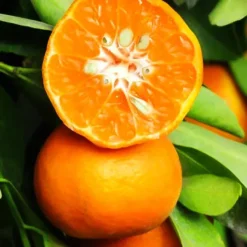
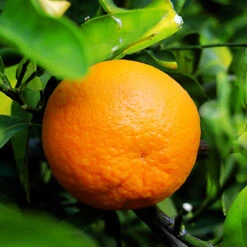
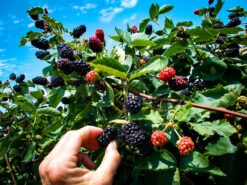
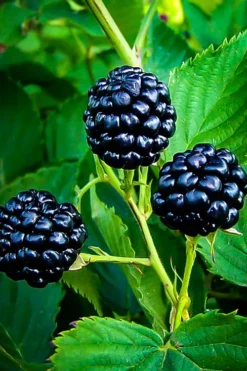

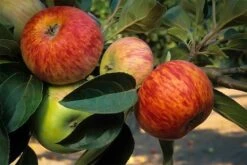

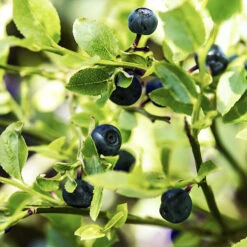
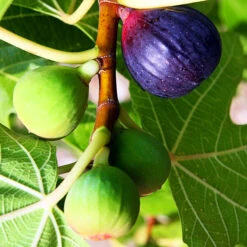
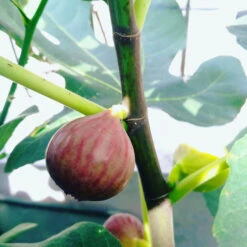



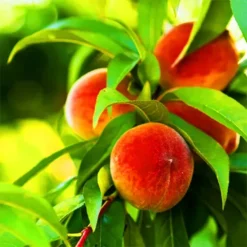
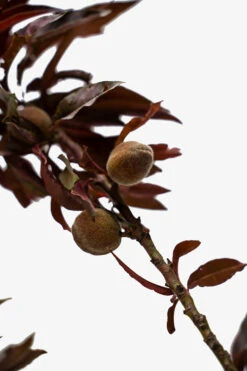
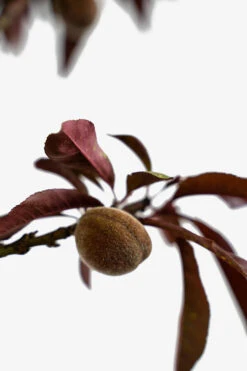
Reviews
There are no reviews yet.